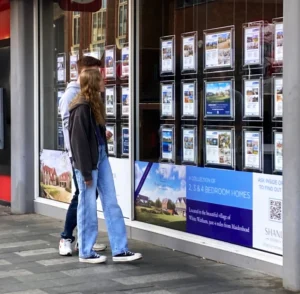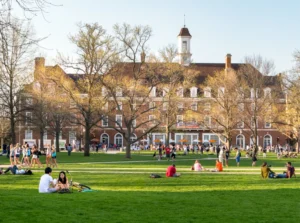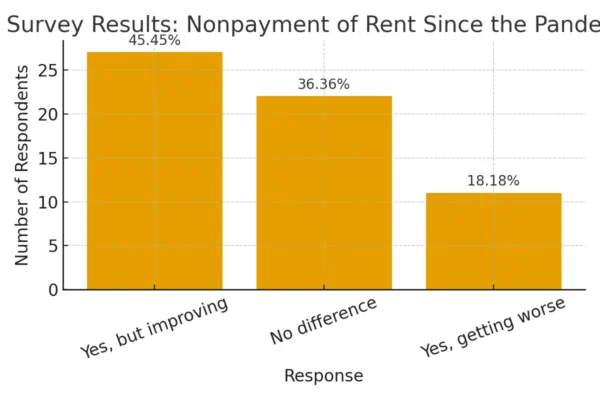The Inclusive Holiday Playbook

Fair Housing Lessons for a Festive Season
As the holidays approach, property management professionals face the annual challenge of balancing festive spirit with compliance. Communities come alive with lights, decorations, and events, but within this joy lies the responsibility to ensure that everyone feels equally welcome. The Fair Housing Act doesn’t take a holiday, and neither should inclusion. Understanding where celebration meets regulation is crucial for creating a community where every resident can comfortably embrace the season.
Where Fair Housing Meets Holiday Cheer
Fair Housing laws protect individuals from discrimination based on several factors, including religion. This protection extends to how properties display, advertise, and organize holiday-related activities. The U.S. Department of Housing and Urban Development (HUD) clarified in its 1995 guidance that secular holiday symbols such as Santa Claus, snowmen, or “Merry Christmas” signage do not, by themselves, violate the Fair Housing Act. However, when decorations or events appear to favor one faith over others, management may unintentionally create the perception of religious preference or exclusion.
The guiding principle is equality—ensuring that every resident, regardless of their beliefs, can enjoy their home and community free from bias.
Setting the Stage with Inclusive Planning
Holiday inclusivity begins long before the first decoration is hung. Managers should plan celebrations and decor policies that represent all residents. That means thinking beyond one tradition and creating a welcoming environment for everyone. Instead of labeling a gathering as a “Christmas party,” consider a “Holiday Celebration” or “Winter Festivity.” The goal is to celebrate the season, not a specific religion.
When communities hold events, invitations, and advertisements, they should use inclusive language and imagery. This small step reinforces that every resident belongs—no matter what, or how, they celebrate.
Decorating Common Areas with Care
Common areas often become the center of holiday decorating debates. While residents appreciate festive spaces, property managers must ensure these areas remain neutral and inclusive. A display featuring a single religious symbol—such as a nativity scene or menorah—can suggest a preference, even unintentionally.
The safest approach is to feature seasonal, non-religious décor such as lights, snowflakes, or greenery. If religious displays are allowed, management should ensure equal representation for multiple faiths. Above all, be consistent. Policies regarding what can or cannot be displayed should be clear, written, and applied uniformly across the community.
Respecting Residents’ Right to Celebrate
Inside their homes, residents generally have the freedom to decorate as they wish, provided they comply with property policies and safety standards. For instance, decorations that pose hazards—like blocking fire exits or overloading electrical circuits—can be regulated. However, management should avoid restrictions that specifically target religious or cultural displays.
Door and patio decorations are common gray areas. If your policy prohibits decorations year-round, it’s acceptable to maintain that rule during the holidays. But if you permit seasonal displays, restrictions should only apply to items that are unsafe or offensive—not to personal expressions of faith.
Handling Complaints and Fostering Understanding
Even in well-managed communities, disagreements can arise over holiday decorations or events. The key is to respond with professionalism, empathy, and documentation. Any complaint related to religion or discrimination should be treated seriously, regardless of intent. Property managers should listen carefully, document all relevant details, and adhere to established procedures.
Training your team on how to respond to these concerns helps prevent misunderstandings and reinforces a culture of respect. By addressing issues promptly and fairly, you not only protect your residents’ rights but also safeguard your organization’s reputation.
Building a Year-Round Culture of Inclusion
The holidays provide an opportunity to showcase your community’s values. Inclusivity shouldn’t appear only when the calendar turns to December—it should be part of your property’s identity year-round. Review policies regularly, communicate expectations clearly, and lead by example. Encourage your team to think beyond compliance and embrace the spirit of equality that the Fair Housing Act was designed to protect.
When every resident feels seen, respected, and valued, the result is more than just compliance—it’s community.













 Accessibility
Accessibility